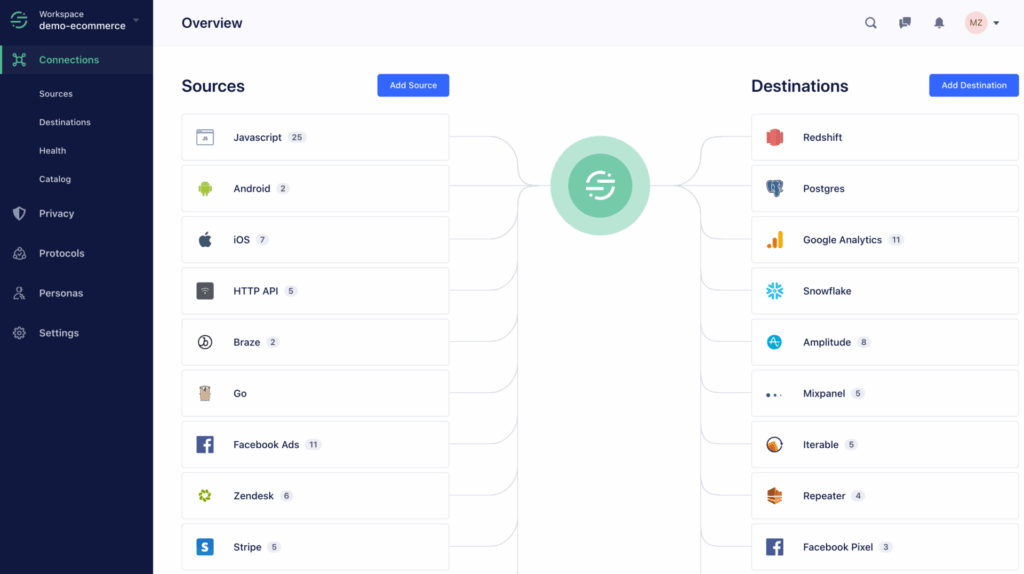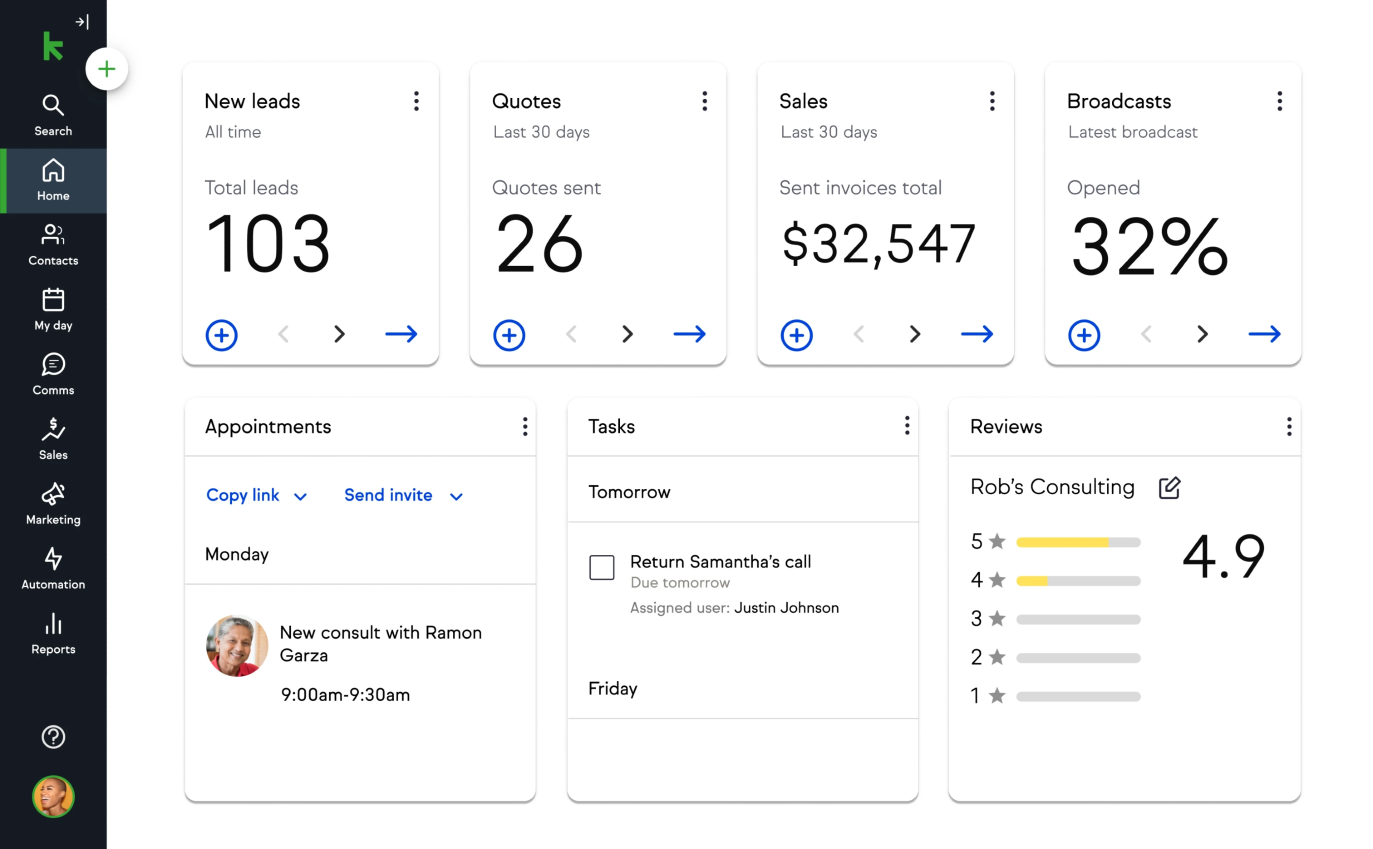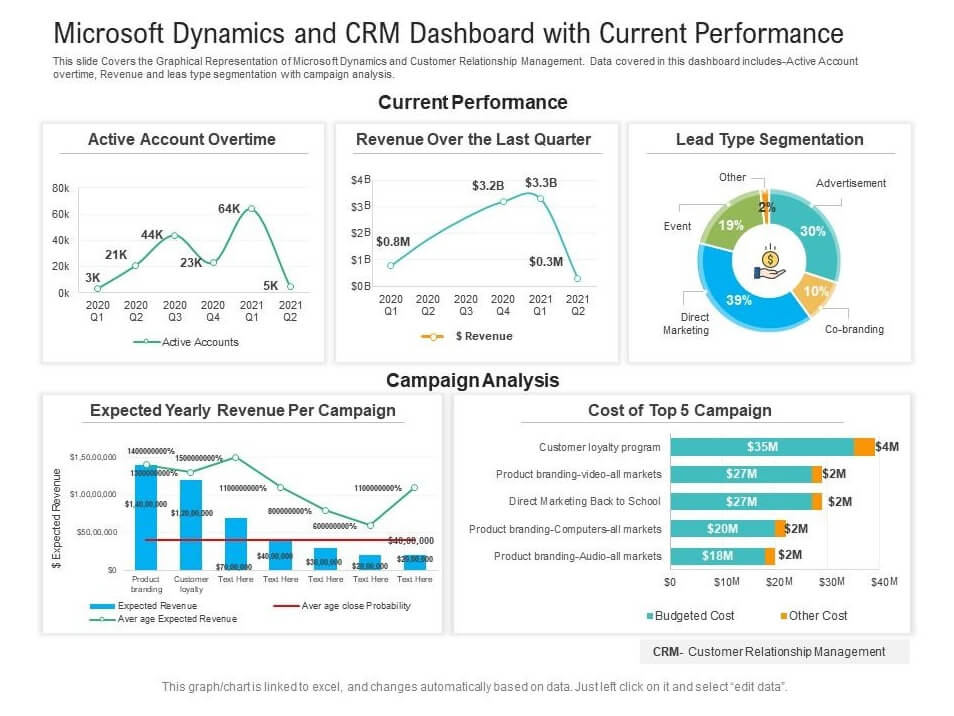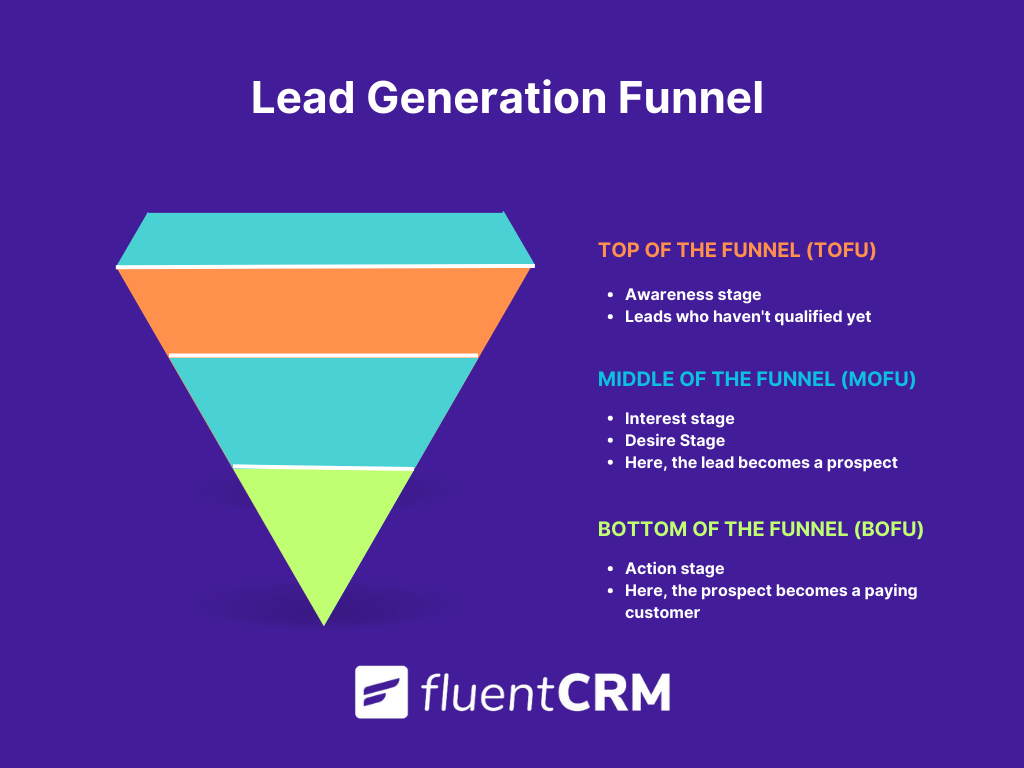
Unlocking Growth: The Ultimate Guide to CRM Marketing Segmentation Tools
In the ever-evolving landscape of digital marketing, simply having a Customer Relationship Management (CRM) system isn’t enough. To truly harness its power and drive significant growth, you need to understand the art of segmentation. This is where CRM marketing segmentation tools come into play, transforming your data into actionable insights and enabling you to deliver personalized experiences that resonate with your audience. This comprehensive guide dives deep into the world of CRM marketing segmentation tools, exploring their benefits, features, and how to choose the perfect ones for your business.
What is CRM Marketing Segmentation?
At its core, CRM marketing segmentation is the process of dividing your customer base into distinct groups based on shared characteristics. These characteristics can range from demographics and purchase history to behavior patterns and engagement levels. The goal is to create targeted marketing campaigns that are more relevant and effective than generic, one-size-fits-all approaches. Think of it as tailoring a suit versus buying one off the rack – the tailored suit (segmented marketing) always fits better and looks more appealing.
Why is this important? Because today’s consumers are bombarded with marketing messages. They’re savvy, they’re discerning, and they’re more likely to ignore irrelevant content. Segmentation allows you to cut through the noise and deliver messages that speak directly to their needs and interests, leading to higher engagement, conversion rates, and ultimately, revenue.
The Benefits of Using CRM Marketing Segmentation Tools
Investing in the right CRM marketing segmentation tools offers a wealth of benefits that can transform your marketing efforts. Let’s explore some of the key advantages:
- Improved Targeting: Segmentation tools enable you to precisely target specific customer groups with tailored messaging. This leads to higher click-through rates, conversion rates, and ultimately, a better return on investment (ROI).
- Personalized Customer Experiences: By understanding your customers’ preferences and behaviors, you can create personalized experiences that resonate with them on a deeper level. This fosters stronger relationships and increases customer loyalty.
- Enhanced Marketing Efficiency: Segmentation allows you to optimize your marketing spend by focusing your efforts on the most promising segments. This prevents you from wasting resources on ineffective campaigns.
- Increased Customer Engagement: When customers receive relevant and personalized content, they’re more likely to engage with your brand. This can lead to increased website traffic, social media activity, and overall brand awareness.
- Better Lead Qualification: Segmentation helps you identify and prioritize high-potential leads, allowing your sales team to focus on the most promising opportunities.
- Data-Driven Decision Making: Segmentation tools provide valuable data and insights that can inform your marketing strategies and help you make more informed decisions.
- Higher Conversion Rates: Tailoring your message to the specific needs of a segment increases your chances of converting leads into customers.
- Reduced Churn: Understanding customer behavior allows you to predict and address potential churn risks.
Key Features to Look for in CRM Marketing Segmentation Tools
Not all CRM marketing segmentation tools are created equal. When evaluating different options, it’s important to consider the features that are most relevant to your business needs. Here are some key features to look for:
- Data Integration: The tool should seamlessly integrate with your existing CRM system and other data sources, such as email marketing platforms, social media channels, and e-commerce platforms. This ensures that you have a comprehensive view of your customer data.
- Segmentation Criteria: The tool should offer a wide range of segmentation criteria, including demographics, psychographics, purchase history, website behavior, and engagement levels.
- Automation Capabilities: Look for tools that automate segmentation tasks, such as creating and updating segments based on specific triggers or events.
- Reporting and Analytics: The tool should provide robust reporting and analytics capabilities, allowing you to track the performance of your segments and campaigns.
- Personalization Features: The tool should enable you to personalize your marketing messages, website content, and other customer interactions based on segment characteristics.
- User-Friendly Interface: The tool should have an intuitive and easy-to-use interface that allows you to quickly create and manage segments.
- Scalability: The tool should be able to handle your growing data volume and user base as your business expands.
- Real-time Segmentation: The ability to segment customers in real-time based on their behavior is a huge advantage.
- Predictive Analytics: Some tools offer predictive analytics capabilities that can help you forecast customer behavior and identify future opportunities.
- A/B Testing: The ability to A/B test different segments and messaging to optimize performance.
Top CRM Marketing Segmentation Tools to Consider
The market is flooded with CRM marketing segmentation tools, each offering a unique set of features and capabilities. Here are some of the top contenders, categorized by their strengths:
For Small Businesses and Startups:
- HubSpot CRM: HubSpot offers a powerful, all-in-one CRM platform with robust segmentation capabilities. It’s known for its user-friendly interface and comprehensive features, making it a great choice for businesses of all sizes.
- Zoho CRM: Zoho CRM is a versatile and affordable CRM system with strong segmentation features. It’s particularly well-suited for small to medium-sized businesses looking for a cost-effective solution.
- Freshsales: Freshsales is a sales-focused CRM with excellent segmentation capabilities, especially for lead generation and nurturing.
For Medium-Sized Businesses:
- Salesforce Sales Cloud: Salesforce is a leading CRM platform with advanced segmentation and personalization features. It’s a highly customizable and scalable solution that can be tailored to meet the specific needs of medium-sized businesses.
- Pipedrive: Pipedrive is a sales-focused CRM that offers excellent segmentation features for managing sales pipelines and closing deals.
- ActiveCampaign: ActiveCampaign is a marketing automation platform that includes robust CRM and segmentation features. It’s a great choice for businesses that want to automate their marketing and sales processes.
For Enterprise-Level Businesses:
- Adobe Marketo Engage: Marketo is a powerful marketing automation platform with advanced segmentation capabilities. It’s designed for enterprise-level businesses that need to manage complex marketing campaigns.
- Oracle Eloqua: Oracle Eloqua is another enterprise-level marketing automation platform with sophisticated segmentation features. It’s a good choice for businesses that need to manage large volumes of data and complex marketing workflows.
- Microsoft Dynamics 365: Microsoft Dynamics 365 offers a comprehensive suite of CRM and marketing automation tools with strong segmentation capabilities, integrated with other Microsoft products.
When choosing a tool, consider your budget, the size of your business, your technical expertise, and your specific marketing goals. Research each option thoroughly and compare their features to determine which one best fits your needs.
How to Implement CRM Marketing Segmentation Effectively
Choosing the right tools is only the first step. To achieve the desired results, you need to implement your segmentation strategy effectively. Here’s a step-by-step guide:
- Define Your Goals: Before you start segmenting, clearly define your marketing goals. What do you want to achieve? Are you trying to increase sales, improve customer retention, or generate more leads? Your goals will guide your segmentation strategy.
- Collect and Analyze Data: Gather all available data about your customers, including demographic information, purchase history, website behavior, and engagement levels. Analyze this data to identify patterns and insights.
- Identify Segmentation Criteria: Based on your goals and data analysis, identify the key criteria for segmenting your customer base. Consider demographics, psychographics, purchase history, website behavior, and engagement levels.
- Create Segments: Create distinct segments based on your chosen criteria. Give each segment a descriptive name and define its characteristics.
- Develop Targeted Campaigns: Create marketing campaigns that are tailored to each segment. Customize your messaging, offers, and channels to resonate with the specific needs and interests of each group.
- Test and Optimize: Continuously test and optimize your campaigns. Track the performance of each segment and make adjustments as needed. A/B testing different messaging and offers can help you refine your strategy.
- Monitor and Refine: Segmentation is an ongoing process. Regularly monitor the performance of your segments and make adjustments as your customer base evolves and your goals change.
- Ensure Data Privacy: Always comply with data privacy regulations such as GDPR and CCPA. Be transparent with your customers about how you collect and use their data.
Examples of Effective CRM Marketing Segmentation Strategies
To illustrate the power of segmentation, let’s look at some real-world examples:
- E-commerce: An online retailer could segment its customers based on purchase history. For example, they could create a segment for customers who have purchased running shoes in the past and send them targeted ads for new running gear or accessories. They might also segment based on cart abandonment and send emails to encourage them to complete their purchase.
- Software as a Service (SaaS): A SaaS company could segment its customers based on their usage of the platform. They could identify power users, infrequent users, and churn risks. Power users could receive exclusive offers and early access to new features, while infrequent users could receive onboarding tips and tutorials to encourage them to use the platform more actively. Churn risks could be targeted with special offers and support to prevent them from leaving.
- Financial Services: A financial services company could segment its customers based on their financial goals and risk tolerance. They could create segments for first-time homebuyers, retirees, and investors. Each segment could receive tailored content and offers relevant to their specific needs.
- Healthcare: A healthcare provider could segment patients based on their health conditions and appointment history. They could send reminders for checkups and provide educational resources about relevant health topics.
Common Mistakes to Avoid
While CRM marketing segmentation offers significant benefits, it’s easy to make mistakes that can hinder your efforts. Here are some common pitfalls to avoid:
- Not Defining Clear Goals: Without clear goals, you won’t be able to measure the success of your segmentation efforts.
- Using Too Many Segments: Creating too many segments can lead to complexity and make it difficult to manage your campaigns.
- Overlapping Segments: Ensure that your segments are distinct and don’t overlap.
- Ignoring Data Privacy: Failing to comply with data privacy regulations can lead to legal and reputational damage.
- Not Personalizing Content: Generic messaging defeats the purpose of segmentation.
- Neglecting to Test and Optimize: Continuously testing and optimizing your campaigns is crucial for maximizing their effectiveness.
- Using Outdated Data: Regularly update your customer data to ensure that your segments are accurate.
- Focusing on the Wrong Metrics: Track the metrics that are most relevant to your goals, such as conversion rates and customer lifetime value.
The Future of CRM Marketing Segmentation
The future of CRM marketing segmentation is bright, with exciting advancements on the horizon. Here are some trends to watch:
- Artificial Intelligence (AI): AI will play an increasingly important role in segmentation, automating tasks, providing deeper insights, and personalizing customer experiences.
- Hyper-Personalization: Businesses will move beyond basic personalization to deliver highly tailored experiences that anticipate customer needs.
- Real-Time Segmentation: Real-time segmentation will become more prevalent, allowing businesses to respond to customer behavior in the moment.
- Predictive Analytics: Predictive analytics will help businesses forecast customer behavior and identify future opportunities.
- Focus on Customer Lifetime Value (CLTV): Businesses will prioritize segmentation strategies that maximize CLTV.
In conclusion, CRM marketing segmentation tools are essential for businesses that want to thrive in today’s competitive landscape. By understanding your customers, creating targeted campaigns, and continuously optimizing your strategies, you can unlock significant growth and build lasting relationships. Embrace the power of segmentation and watch your marketing efforts soar!


